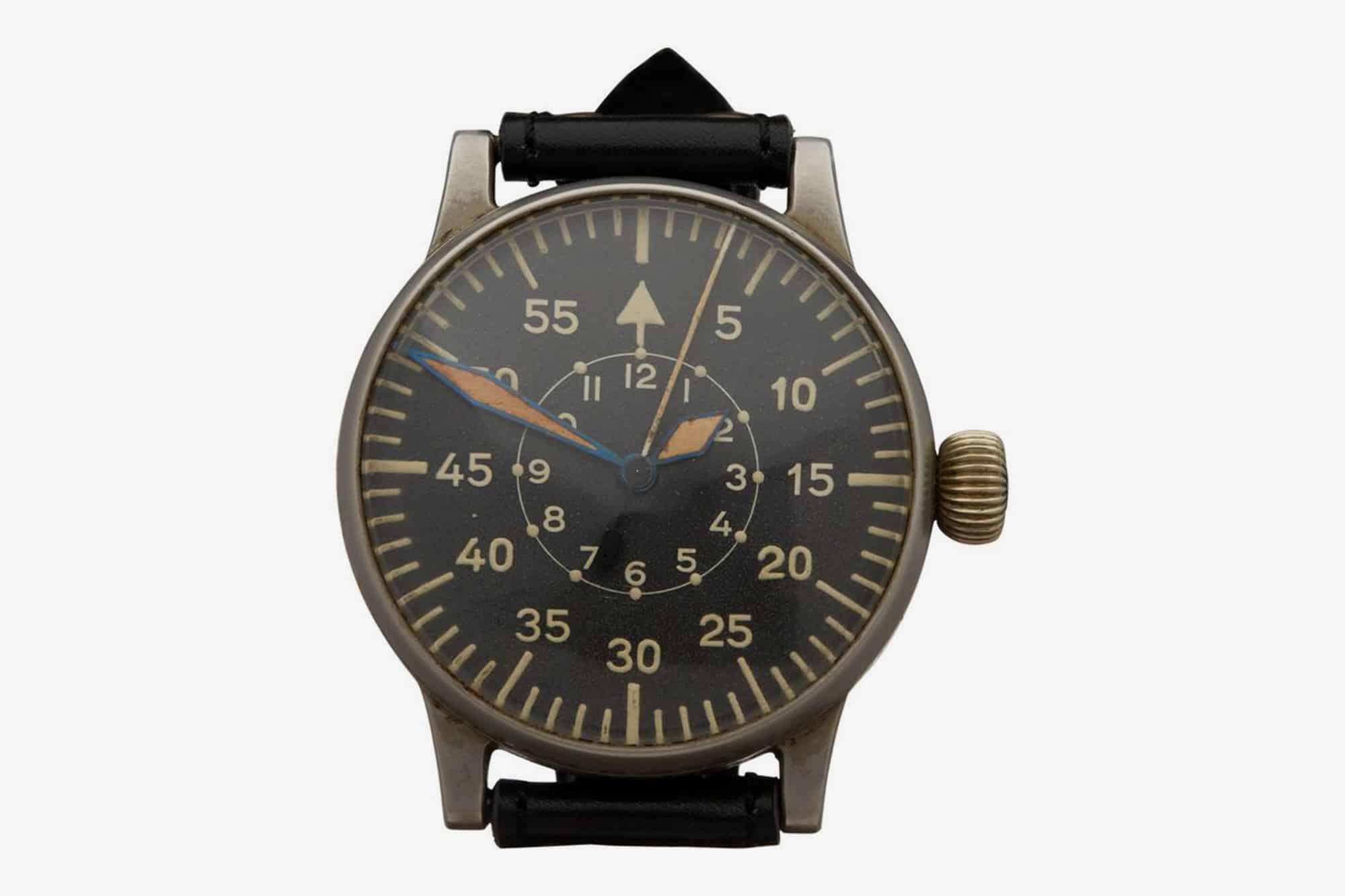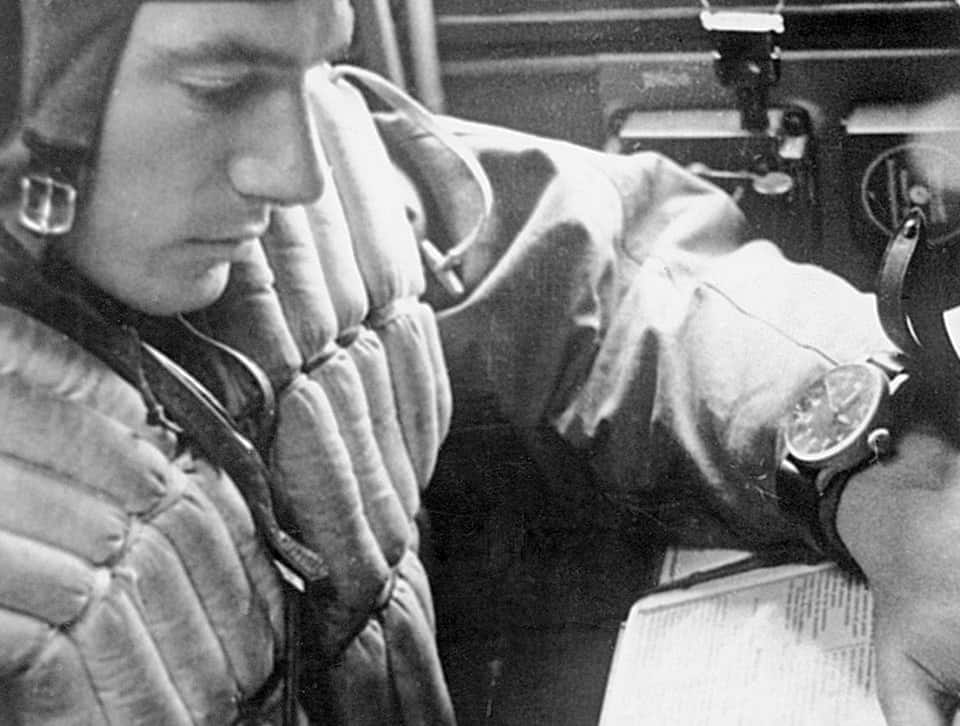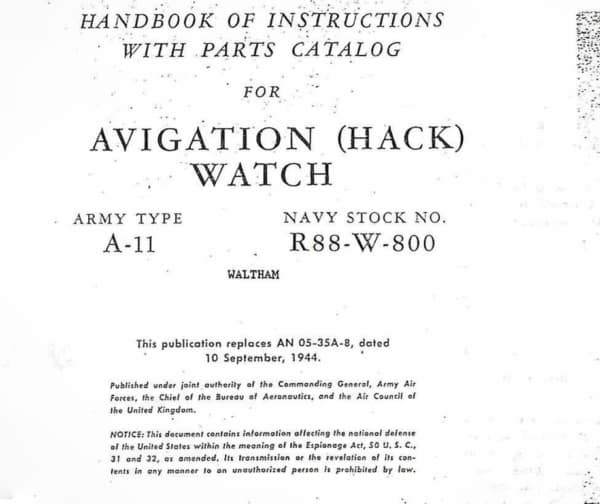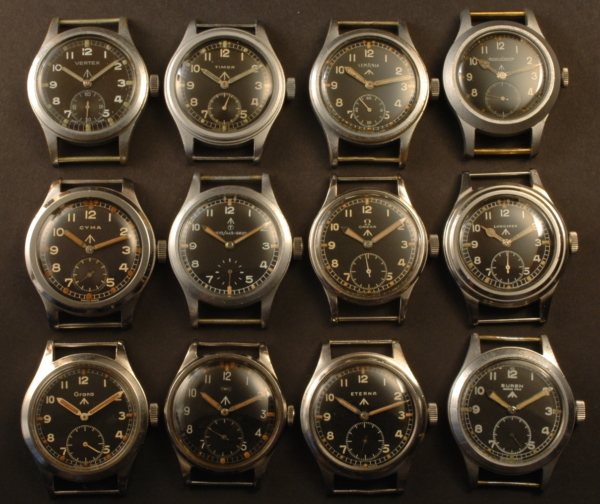In the third and final installment of our series focused on military watches from around the world, we are going to take a look at military watches from Germany from the early 19th century through World War II.
Given their penchant for engineering and innovation, it should come as no surprise that some of the first wristwatches ever created for the explicit purposes of outfitting soldiers were either designed by or commissioned for the German government.
In 1879, the German emperor Kaiser Wilhelm I placed an order with Swiss watchmaker Constant Girard (of Girard Perregaux fame) for 2,000 wristwatches to outfit his naval officers. The watches, which were ordered in two series of 1,000 pieces each and produced in 14k gold to avoid rust, represent the first significant commercialization of the wristwatch, which wouldn’t become truly popular amongst men until after World War I. The watches are also known to have featured shrapnel guards and black dials with luminous numerals, though as none have yet to be recovered fully intact, Girard Perregaux produced a modern mock-up example for their museum from historical records.
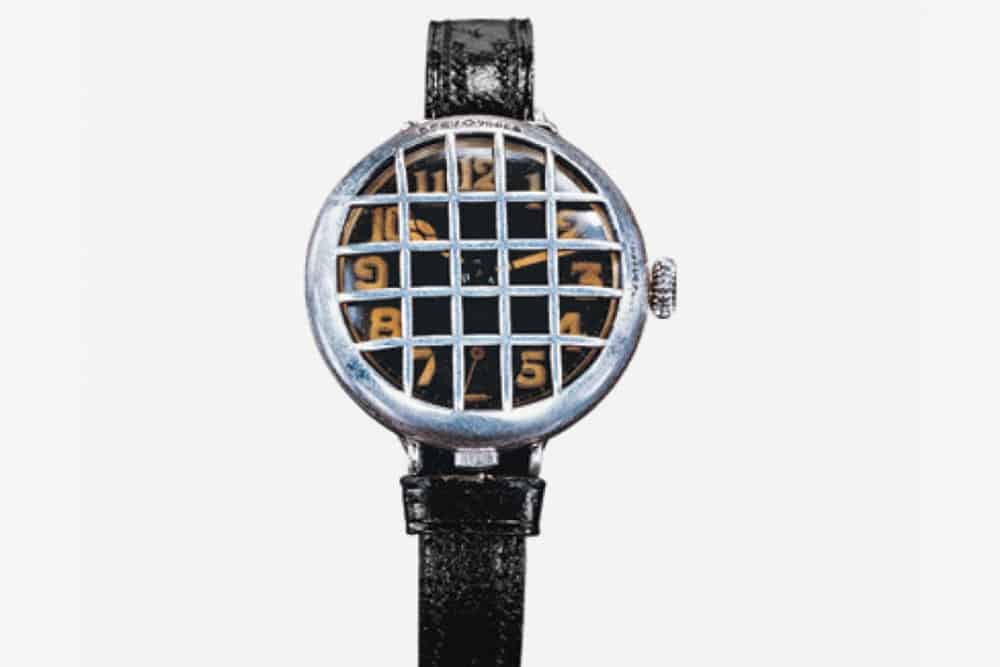
Despite its introduction in 1879 to the German navy, the wristwatch didn’t seem to catch on in German military circles during World War I (1914-1918) as it had in limited ways in the British and American militaries.









 Featured Videos
Featured Videos




